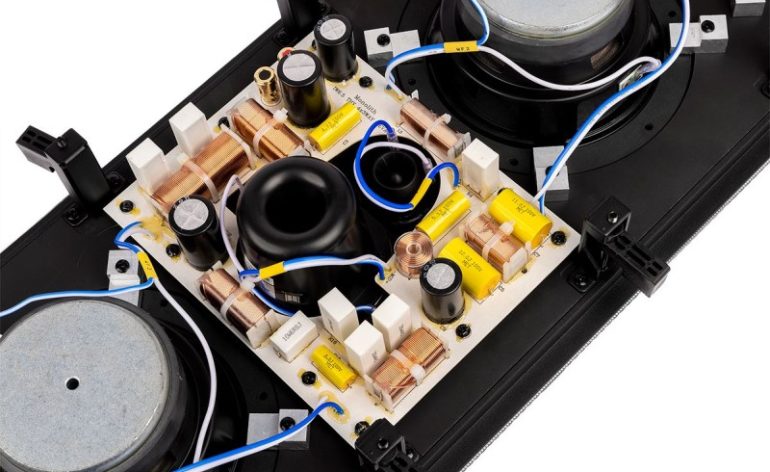Will Upgrading the Crossover in My Speaker Make an Audible Difference?
You are a tinkerer. You love to take things apart and figure out how they work. While most people are afraid to work on their own devices, you find it to be a great challenge and source of fun. This has led you to take a hard look at your speakers. Inside each speaker is a crossover. Those crossovers have different components. One thing you know for sure is that many companies don’t use the best components. You know that there are capacitors, inductor coils, and resistors that could all be upgraded to better versions. Should you? Will upgrading the components in your speaker’s crossover make an audible difference? Let’s discuss!
Short Answer: Probably Not
The main job of a crossover is to separate different audio frequencies so that the correct driver plays them. You don’t want the tweeter to try to play the bass or the woofer to play the treble. If those components are doing their job, upgrading those crossover components in your speaker won’t make an audible difference. Much like headroom, the fact that they do it more easily doesn’t really make a difference.

Long Answer: In Very Specific Situations, Maybe. But Also Maybe Make Things Sound Worse
One of the main advantages of better components is that they are more robust and less likely to fail. In audio, that translates into tighter tolerances and the ability to function at higher temperatures. Let’s take both of them separately.
The one thing you can do to improve (potentially) the performance of your speakers is to increase the crossover’s ability to perform to spec at higher temperatures. In theory, this means that you could push more power to the speakers without the crossover somehow failing. Does that mean that the drivers in your speakers can handle that much power? We have no idea. But it is, in theory, possible that upgrading those components in your speaker’s crossover could make an audible difference.

What many think is that improving the components will equate to better sound. This is because better components must be better. And they are! But being better at a thing doesn’t mean that it will make a positive audio improvement. For example, if you are keeping the same specs of all the components, how much does it matter that the resistor you’ve chosen can resist more power? If the original resistor could resist all that it needed, being able to resist more doesn’t help.
On the other side, if you upgrade not only the components in your speaker’s crossover but change them to different values, then you’ll definitely get audible results. This is what we see most often in people who do these sorts of modifications. They “improve” the components not only in their quality but in what they can do. Now, they’ve changed which frequencies are being played by which drivers. That may sound good to them in their room, but there is no guarantee that it will sound good in your room to your ears. Yes, they can show measurements that they’ve made changes and can even claim that they have made improvements. But have they? We doubt it.
But You Want To
If you want to upgrade your speaker’s crossovers but want to make sure you don’t make things sound audibly worse, we’d recommend caution. Remember, the speaker designer didn’t just slap the least expensive components in their crossovers and call it a day. They likely had a lot of options and did a lot of listening tests and measurements to determine which worked best in their speaker. Sure, you can read the values on the components and swap them out for better versions with the same values. But that less expensive component may have some inaccuracies that actually make it work better with the rest of the components in the crossover and speaker. You could actually make things sound worse by upgrading.
But, hey, they are your speakers. You do you.


